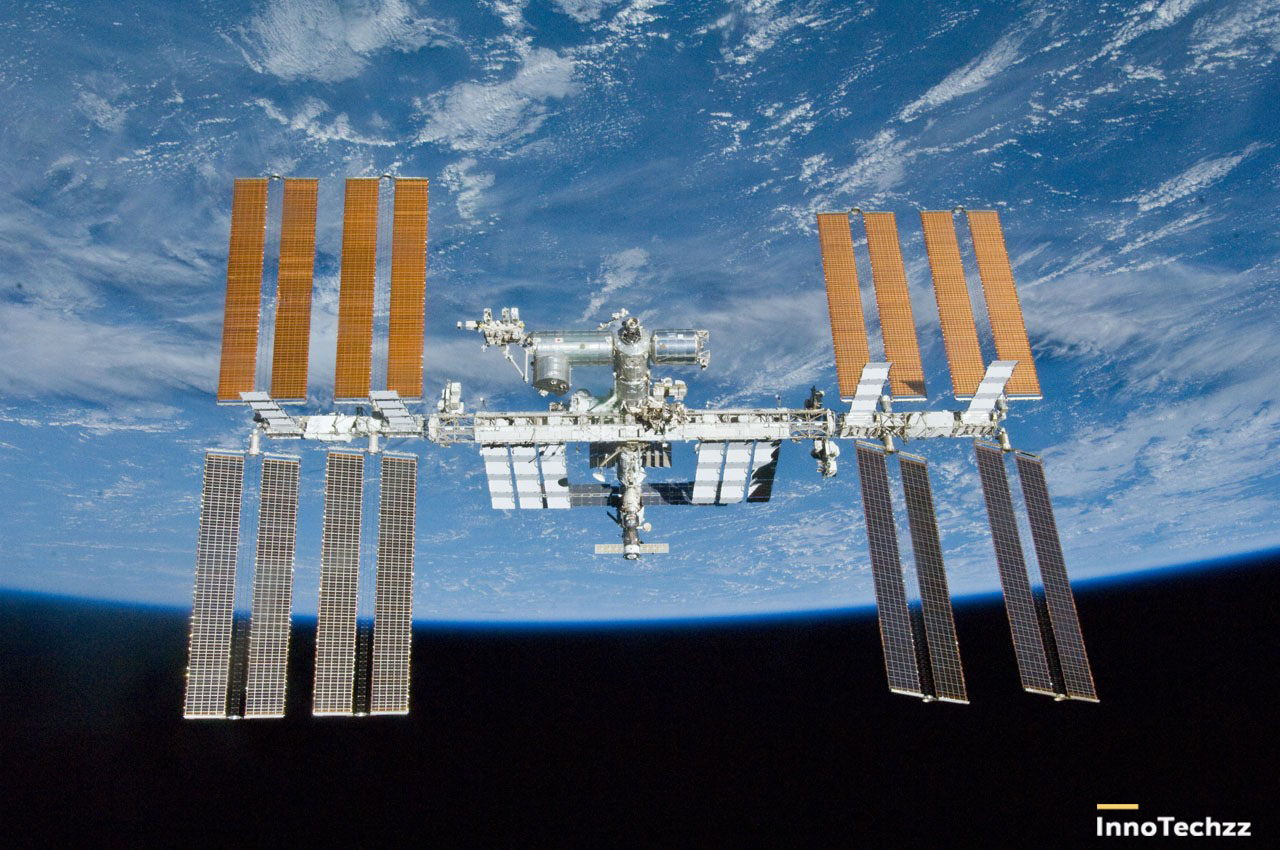Life inside the international space station

The six space scientists and engineers who live and work on the International Space Station orbit Earth once every 92 minutes at a speed of five kilometres per second.
They don't earn frequent flyer miles, as far as we know, but they do get to live and work with an international crew in what is really the coolest office in the solar system for an average of six months.
So, what is the International Space Station, exactly? What's it like to live and work at a height of 250 miles?
A laboratory in the sky
The difficulties and challenges of living in space
Microgravity has a harmful influence on one's health.
The International Space Station is an orbiting space laboratory built by a group of countries over many years.
The 360-ton space station is about the same size as a five-bedroom home, although it's significantly longer and thinner. Six sleeping rooms, a gym, a 360-degree observation glass, and spaces to conduct a variety of research experiments are all included.
NASA spokesperson Stephanie Schierholz said, "We've maintained continuous human presence aboard the space station for 19 years now." "This is a once-in-a-lifetime transnational collaboration across nations."
The International Space Station was launched in November 1998 as a result of a collaboration between Canada, Europe, Japan, Russia, and the United States. On 42 assembly missions, 37 US space shuttles, and five Russian rockets, pieces of the station were launched into space. In May 2011, a shuttle delivered the last major instrument to the space station: an Alpha Magnetic Spectrometer, which is installed on the side to allow particle physics experiments.
An acre of solar panels power this orbiting science lab, making it one of the brightest objects in the sky. The International Space Station can be seen with the naked eye; it seems to be a fast-moving plane high in the sky. The station's orbital route passes roughly 90% of the world's population, and NASA even gives a timetable of when it may be seen from your town.
Working in space for six months presents its own set of obstacles. Crew members have numerous challenges in their daily routines, like as eating, sleeping, and hanging out, due to microgravity.
Because the space station has no refrigeration, all food must be securely stored and is frequently vacuum-packed. Some foods, such as spaghetti that requires additional water or rehydratable scrambled eggs, come in unique forms. Even salt and pepper arrive in liquid form because the sprinkles would fly away if gravity didn't work.
Crew members must strap lunch trays to their laps or to the wall during dinner. Also, astronauts glue ingredients to the table so they don't float away when cooking meals.
In a NASA video, former space station Commander Shane Kimbrough noted, "There's a lot of stuff you have to think about and handle while you're eating up here."
Zero-gravity disrupts morning habits as well. In the absence of regular showers and sinks, astronauts and cosmonauts spit toothpaste into washcloths and use rinseless soap and shampoo. The team must also use customised toilets with leg shackles and a waste vacuum.
Spacewalks are no walk in the park, despite how much fun zero gravity appears to be.
To compensate for the loss of muscle and bone mass caused by living in microgravity, crew members must exercise for more than two hours each day. Because astronauts do not have to engage their lower body muscles to walk or stand in space, they lose strength in their lower backs and legs unless they exercise regularly.
The treadmill is connected to the wall, and crew members tie themselves to it with bungee cords, according to astronaut Reid Wiseman in a video for NASA.
"So you're going straight down towards Earth when you're on it," said Wiseman, who was part of Expeditions 40 and 41, as the space station's missions are known. "It's a strange sensation."
Astronauts' bone and muscle loss is really employed as a study instrument, in genuine scientific fashion. According to NASA's Schierholz, examining astronauts' physical circumstances in space aids medical studies into osteoporosis.
Human immune systems and cardiovascular health are also harmed by space travel. Human hearts work hard to counteract gravity and transport blood throughout the body on Earth. Blood and water, on the other hand, migrate to the upper body in space. As a result, astronauts' faces are frequently swollen.
It's possible that astronauts will have trouble sleeping as well. Each day, the crew witnesses 16 sunrises and sunsets, and to compensate for their lack of weight, they must strap themselves down inside their sleeping bags. According to NASA, astronauts should obtain eight hours of sleep per day, however some have reported sleeping difficulties owing to excitement or motion sickness.
Astronauts' physical traits may alter as a result of their time in space. After nearly a year in space, astronaut Scott Kelly grew 1.5 inches taller and underwent alterations in his genetic expression, most likely as a result of radiation damage to his DNA.
"The astronauts themselves are an inquiry," Schierholz said, adding that study on the space station helps scientists better understand radiation exposure and create novel materials that could one day allow astronauts safely visit the moon and Mars.
Posted By InnoTechzz